- +86-13775339109
- Jessica@nq-fiberglass.cn
- No 61 Fangxian, Danyang, Jiangsu
Carbon fiber and resin are the preferred combination for building sturdy, lightweight, and visually impactful components. From bicycles and cars to drones and airplanes, this material system provides impressive performance where weight and strength are most important.
In this guide, we will introduce you to practical tips and tricks for using carbon fiber and epoxy resin, so that you can achieve good results and avoid mistakes.
Table of Contents
ToggleChoosing the right carbon fiber is key to achieving the results you want. Each project places different demands on the material—whether it’s strength, flexibility, or surface appearance. Carbon fiber is available in a wide range of grades, weaves, and weights to suit different applications.
Our 3K carbon fiber fabric (200 gsm) is a great all-purpose choice. It’s lightweight, easy to handle, and conforms well to tight curves and contours. This makes it a favorite among hobbyists and professionals working on drones, bike parts, and lightweight paels.

For a more decorative and dynamic surface, twill weave carbon fiber is highly recommended. It features the signature diagonal pattern many people associate with carbon fiber and works beautifully with epoxy resin. Twill also drapes better than plain weave over complex shapes.
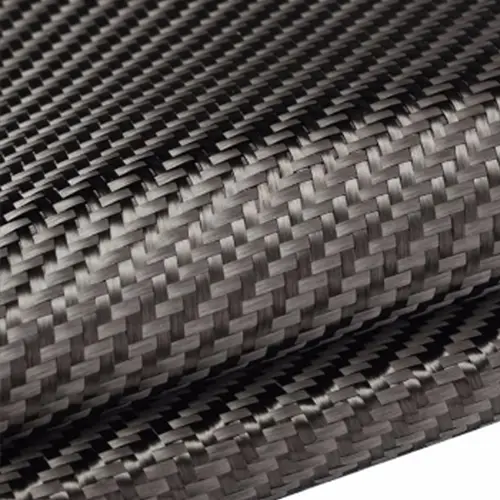
Our plain weave carbon fiber is also a trusted option. It provides uniform strength in both warp and weft directions, offering excellent dimensional stability. Like twill, it is best paired with epoxy resin for strong, long-lasting performance.
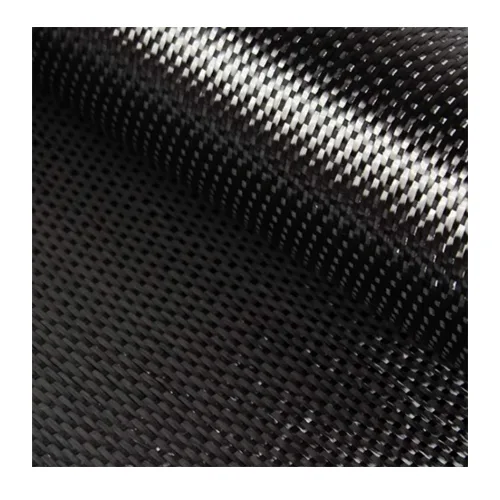
If your project requires extra strength or thickness, consider heavier weight fabrics or special weaves like 5-harness satin. These fabrics result in thicker laminates, adding structural reinforcement—but they also increase overall weight.
Each weave and weight brings a different appearance, stiffness, and handling characteristic—so select according to your design needs.
Before you begin working with carbon fiber and resin, it’s important to gather the right tools and materials. Having the proper setup not only makes the process smoother but also ensures better results. From cutting tools and safety gear to resin systems and application brushes, each item plays a key role in shaping clean, strong, and professional-quality composites.
When working with carbon fiber composites, choosing the right tools and materials is crucial for achieving optimal results. The foundation of your composite structure begins with carbon fiber cloth or prepreg. Prepreg carbon fiber, which is pre-impregnated with resin, ensures consistent resin distribution and superior bonding, making it ideal for high-strength applications. If using dry carbon fiber cloth, be sure to evenly apply resin for uniform saturation.
List of commonly used carbon fiber types:

In terms of resin, epoxy resin is the preferred choice for most projects due to its excellent bonding strength and flexibility, perfect for high-performance components. However, if you’re looking for a more cost-effective solution or a faster curing time, vinyl ester or polyester resins may be suitable for less demanding applications. Regardless of the resin type, ensure precise mixing and application to avoid weak spots in the final composite. Together, these essential materials and tools ensure your carbon fiber composite is durable, reliable, and ready for use in various applications.
List of commonly used resin types:
Epoxy resin
Vinyl ester resin
Polyester resin
Phenolic resin
Polyurethane resin

Having the right tools can make a significant difference in the quality of your finished piece. Essential tools include mixing cups and sticks for the resin, a brush or roller for application, and sharp scissors or a rotary cutter for cutting the fabric. Each of these tools plays a crucial role in ensuring precision during the process, from mixing the resin to applying it smoothly over the fabric.
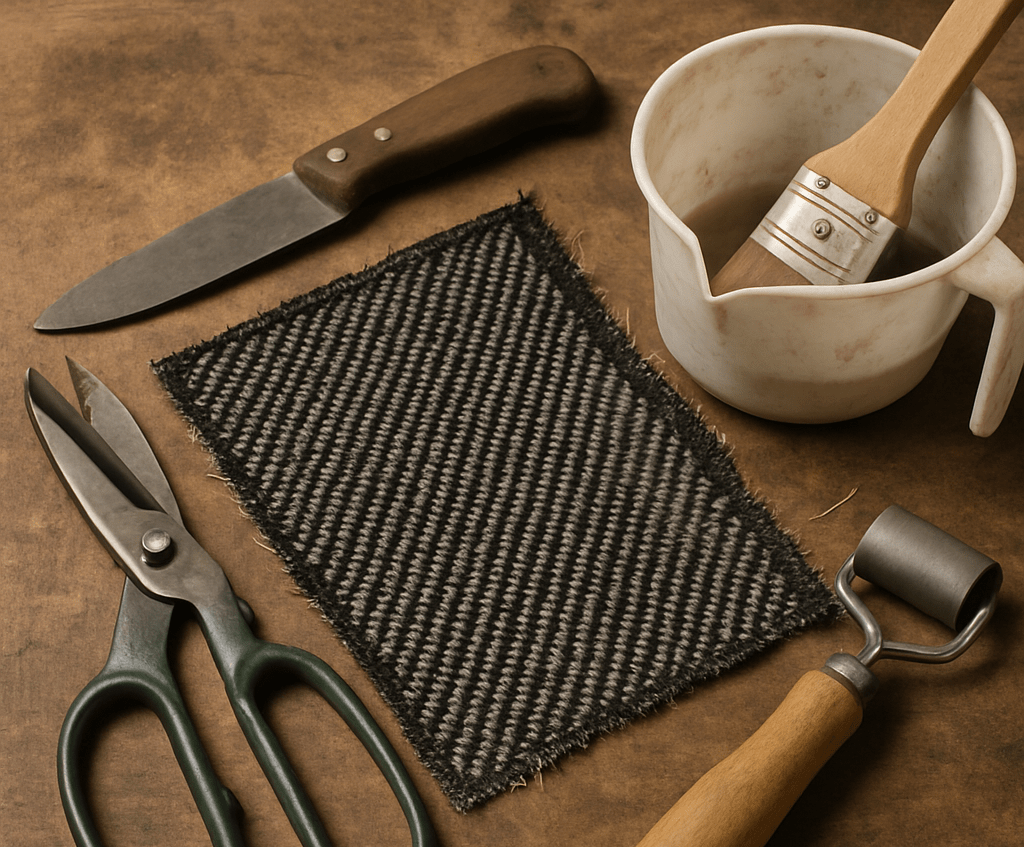
Safety is paramount when working with these materials. Always wear gloves to protect your skin from the resin, which can cause irritation or allergic reactions. Protective eyewear is also necessary to shield your eyes from splashes. Additionally, a mask is recommended to prevent inhalation of fine particles and fumes, particularly when sanding cured resin or cutting carbon fiber.
Preparing your workspace before you dive into carbon fiber and resin is essential for a quality and safe result. A clean, dry, appropriately tempered workspace will reduce waste, increase speed and help you to prevent errors or injury. Resin, which once dry is difficult to clean off surfaces and skin. If it gets on your hands or arms, you need a first-aid kit nearby to take care of it immediately.
Always choose a location with low humidity—below 80%—to prevent your resin from curing the wrong way or getting cloudy. If you work where it’s too wet, your final flours may be fragile or visually unappealing. Your goal should be to maintain the room anywhere between 21°C and 24°C (70°F to 75°F). This assists the resin in flowing nicely, curing properly, and not catching bubbles or going gritty.
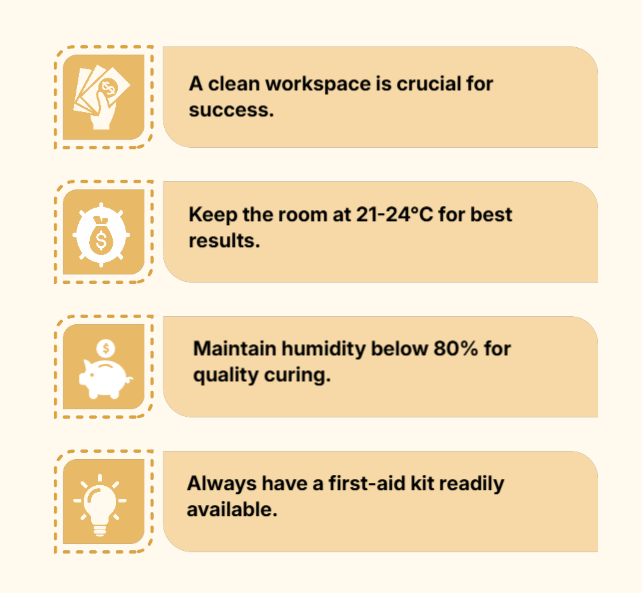
Your resin selection is much more important than you realize. The three most common types — epoxy, polyester, and vinyl ester — each perform best for different tasks. Epoxy resins adhere quite nicely to carbon fiber, operate with minimal odor, and produce high-strength, rigid components. They’re the standard for high-impact use like auto or sports equipment but are pricier.
Polyester resins cure faster, are easier to sand, and less expensive. They fit big areas where pretty looks or ultimate strength aren’t as critical, like certain boat components or panels. Vinyl ester occupies the center. It holds up great in hard, wet locations and is stronger than polyester but not as strong as epoxy. It costs less than epoxy but more than polyester.
Resin Type | Key Features | Strength | Odor | Cure Time | Best Use Case |
Epoxy | Adheres well to carbon fiber, high strength | Rigid | Minimal | Moderate | Auto parts, sports equipment, high-strength needs |
Polyester | Fast curing, easy to sand, affordable | Lower than epoxy | Moderate | Fast | Boat components, panels, low-strength parts |
Vinyl Ester | Stronger than polyester, more resistant | Medium | Low to moderate | Moderate | Marine applications, wet and harsh conditions |
Carbon fiber and resin combine low weight with high strength and durability. Common in industries from sports to aerospace, they offer excellent performance and versatility. Carbon fibers are made by heating drawn precursor strands at high temperatures. When bonded with resins like epoxy, they form composites stronger than steel but much lighter.
How you utilize these materials is determined by the requirement, the artifact and the methodology you select, such as wet layup or vacuum bagging.
Cutting carbon fiber fabric requires precision and care. Since the material is woven from fine, strong fibers, it tends to fray easily if not cut properly. Always use sharp tools and a stable cutting surface to ensure clean edges.
Use dedicated carbon shears or rotary cutters to avoid fiber damage. Apply light pressure and cut slowly to maintain the weave alignment. Avoid dragging the fabric, as this can distort the fiber orientation and weaken the final part.

Proper mold preparation is key to producing clean, high-quality carbon fiber parts. Start by inspecting the mold surface and ensuring it’s free of dust, scratches, or imperfections. Choose a mold material suited to your project—fiberglass for basic shapes, aluminum for repeated high-heat use, or foam/3D-printed molds for quick prototypes. Before layup, always apply a suitable release agent such as wax or liquid film. This prevents the part from sticking and protects the mold during curing and demolding.
Mixing and applying resin to carbon fiber is one of the critical steps in making strong composite parts. It’s about more than just what materials you use. You must observe the fiber weave, how the resin flows, and your workspace.
The weave pattern of the carbon fiber determines how strong and stiff your final part will be. Twill, plain, and satin weaves all have their own advantages. For instance, twill weave forms nicely around contours whereas plain weave better withstands tension. How the fiber lines up impacts how much stress the part can endure, so you need to match the weave to your design.

Resin viscosity, or how thick/thin the liquid is, influences both how easily it’s spread and how well it penetrates the fiber. Thinner resin flows through the fiber quickly, which is excellent for saturating every strand and forming strong chemical links. If the resin is too thick, you’re in danger of dry spots or air bubbles.
For best results, maintain your resin at room temperature, typically between 20–25°C, for optimal flow. Air bubbles rule. They can create weak points in your piece. If you have a degas chamber, using it for 5 – 10 minutes after you mix the resin extracts air and prevents bubbling.
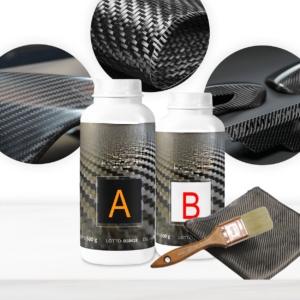
When you lay up the plies, spread resin underneath the first ply and on top of the last. You want even coverage. Wet layup is most effective at around 40% fiber and 60% resin by volume. To determine your resin volume, start with the dry volume of your plies and account for fiber and resin fractions. Include approximately 25% additional resin for spills and loss in mixing.
Breather fabric, such as N10 or dry fiberglass, facilitates the flow of air out of the laminate when vacuum bagging. This makes the resin flow and provides improved adhesion between the layers. A wet coat on the tool or mold, occasionally thickened with cabosil or a surfactant, can prevent air pockets from developing under the first ply.
Resin begins to set once applied. Ten to fifteen hours later, the part has working strength, though it can take one to four days for full cure. Temperature and humidity in your workspace may alter cure time and final strength. Target a dry, clean workspace with stable temperature and good ventilation.
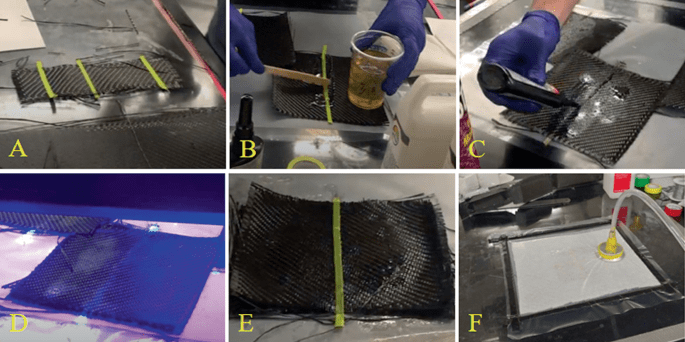
Mixing Carefully: Stir resin and hardener slowly and evenly to avoid air bubbles and ensure a smooth blend.
Temperature Matters: Resin viscosity changes with heat. Heating resin to about 65°C speeds curing but needs monitoring.
Stable Environment: Keep room temperature steady—too cold affects curing, too hot makes resin brittle.
Fiberglass Soak Time: Let fiberglass soak in resin 24–48 hours for stronger bonding.
Proper Machining: Use small tools at high speeds (2600–4500 RPM) and larger tools slower (1500–2500 RPM) to avoid damage.
Sustainability: Carbon fiber production uses much energy; recycling is tough but improving. Bio-based resins may reduce environmental impact.
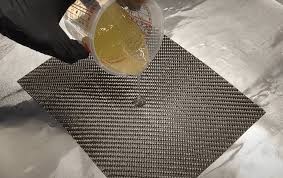
Working with carbon fiber and resin demands precision and care at every step. These materials offer high performance—but only when applied correctly.
Ventilation is essential:Resin systems, especially epoxy, can release fumes during mixing and curing. Always work in a well-ventilated space or use an exhaust fan to avoid inhaling VOCs (volatile organic compounds).
Wear protective gear:Gloves, safety glasses, and respirators are strongly recommended. Uncured resin can irritate skin, and sanding cured composites can release fine airborne dust.
Accurate resin mixing. Improper resin-to-hardener ratios can lead to incomplete curing, brittleness, or surface tackiness. Use digital scales and follow manufacturer instructions strictly.
Fabric alignment matters. Misaligned fibers can reduce strength in critical areas. Take your time during layup to ensure each layer is wrinkle-free and oriented correctly (e.g. 0°, 45°, 90°).
Avoid over-saturation. Too much resin weakens the composite by increasing brittleness and weight. Apply just enough to wet out the fabric fully, especially during wet layup.
Mind curing conditions. Temperature and humidity affect how well the resin cures. If curing is too fast or too slow, it can cause warping, soft spots, or bubbles.
Clean tools immediately. Epoxy hardens fast. Always clean brushes, rollers, and mixing containers as soon as you finish a batch to avoid tool loss.
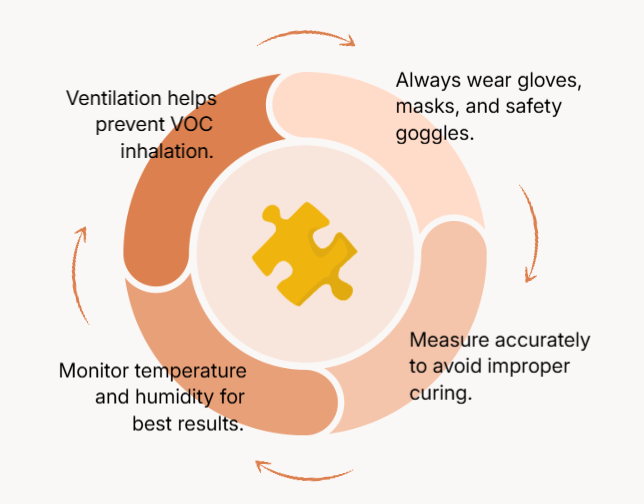
By following these precautions, you’ll reduce waste, improve part quality, and avoid many of the common mistakes that frustrate beginners and pros alike.
Working with carbon fiber and resin may seem challenging, but with the right tips and techniques, you can achieve professional, high-quality results. From selecting the perfect carbon fiber to preparing your workspace, measuring accurately, mixing resin precisely, and applying materials correctly—each step is vital. Follow these guidelines, and you’ll create stunning, strong, lightweight products that look great and perform even better. Ready to master your craft? Keep learning, experimenting, and let us guide you every step of the way.
If you have questions or want to discuss your project, feel free to contact us via WhatsApp +86-13775339109, WeChat 13775339100, or email fiberglassmesh@hotmail.com. We’re here to assist you!
Contact us now to get the latest drywall tape brochure and start choosing the right drywall tape for your project.
Carbon fibre is a woven fabric thats used to reinforce epoxy resin. You lay the carbon fibre into a mould so it goes the shape you need, then mix the epoxy resin and pour it over the top. The resin soaks in between all the fibres of carbon. When it cures, the resin sticks the fibres together like glue.
Mix and apply three additional clear layers.The main thickness of clear resin should now be built-up by applying 3 more layers of clear XCR Coating Resin to the surface of the part, allowing each layer of resin to partially cure before applying the next layer.
The resin is an essential component of working with carbon fiber, and its mixing ratio must be accurate. You need to mix the resin and hardener in the correct ratio as per the manufacturer’s instructions. A mixing cup, stirrer, and scale can help you ensure accuracy in mixing and measuring resin.
Tip 1: Pour slowly and keep it close to the surface. Tip 2: When pouring, squeeze the container to tighten the flow. Tip 3: Move smoothly across the surface as you pour. Tip 4: Don’t scrape out residual resin when pouring.
The natural ratio for resin infusion is 60:40 (fibre to resin).
After you finish mixing both parts of your epoxy, you can let it sit for about 5-10 minutes before use. During this time, many bubbles will rise to the surface and pop on their own. You want your finished epoxy resin piece to have full, even coverage so that it looks its best!
Once the ultimate strength is exceeded, carbon fiber will fail suddenly and catastrophically. Carbon fiber materials are significantly more expensive than traditional materials. Working with carbon fiber requires a high skill level and specialized tooling to produce high-quality structural materials.
Carbon fiber is chemically stable, corrosion-resistant, and won’t rust. That’s why it works well in harsh environments. But strong oxidizing agents, such as hydrogen peroxide or sulfuric acid, may affect it.
On average we suggest using a spray wax once a week and waxing them every 2-3 weeks. To ensure the best care for your carbon fiber item(s) RW Carbon also recommends that you polish and wax each part by hand using a microfiber applicator pad (included in the RW CF Care Kit).
While most cars have steel bodies and chassis that are magnet-receptive, newer models may contain fiberglass, carbon fiber, molded plastics or aluminum alloys. Magnets will not stick to these surfaces.
Luckily, cleaning off many carbon fiber surfaces doesn’t require too much special knowledge or special tools. You can clean off most carbon fiber surfaces with gentle soap and warm water. If it’s safe for a vehicle’s painted surface, it’s likely safe for the clear coat on carbon fiber.